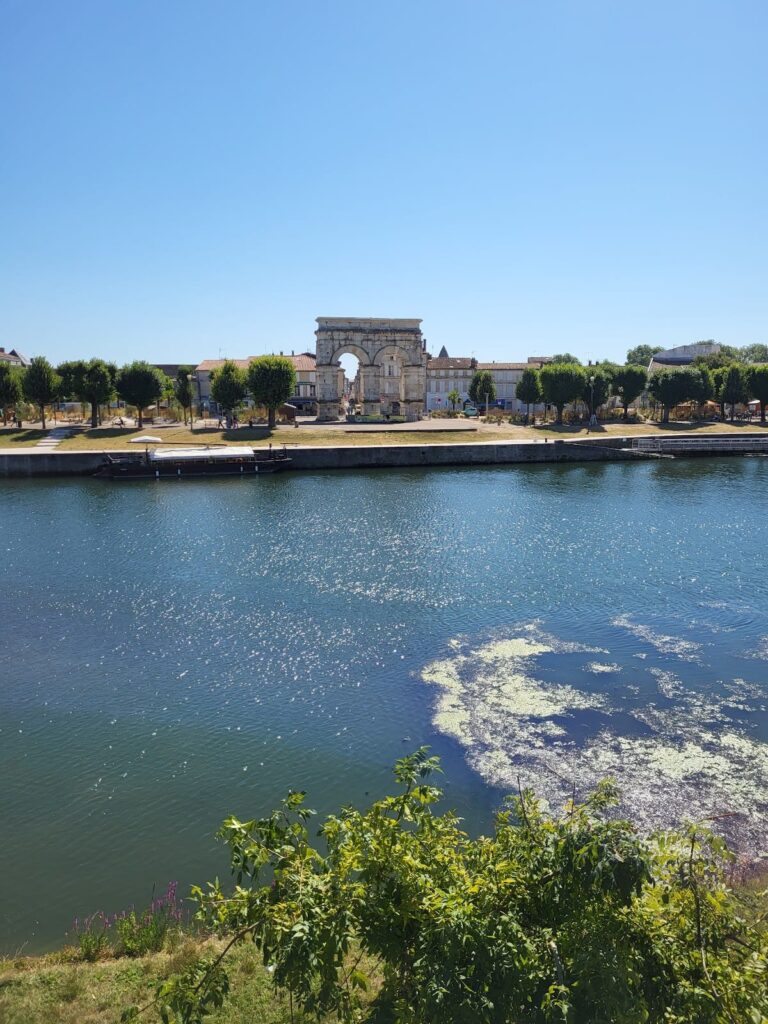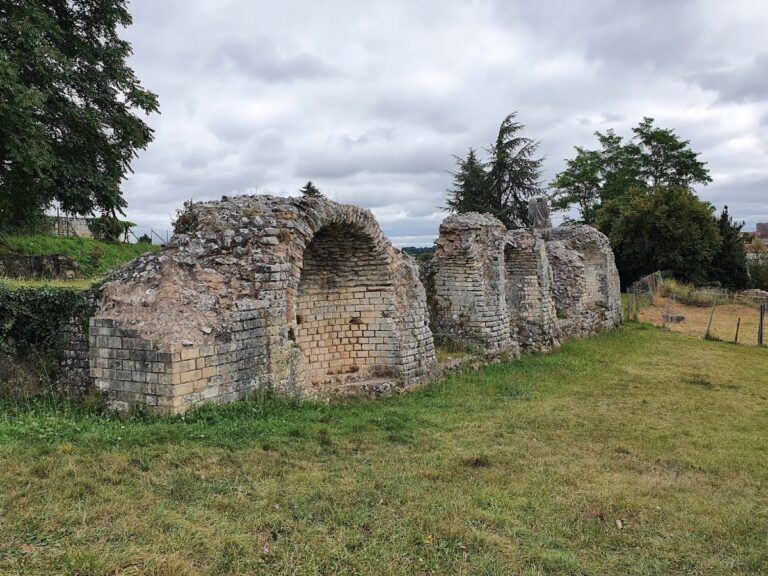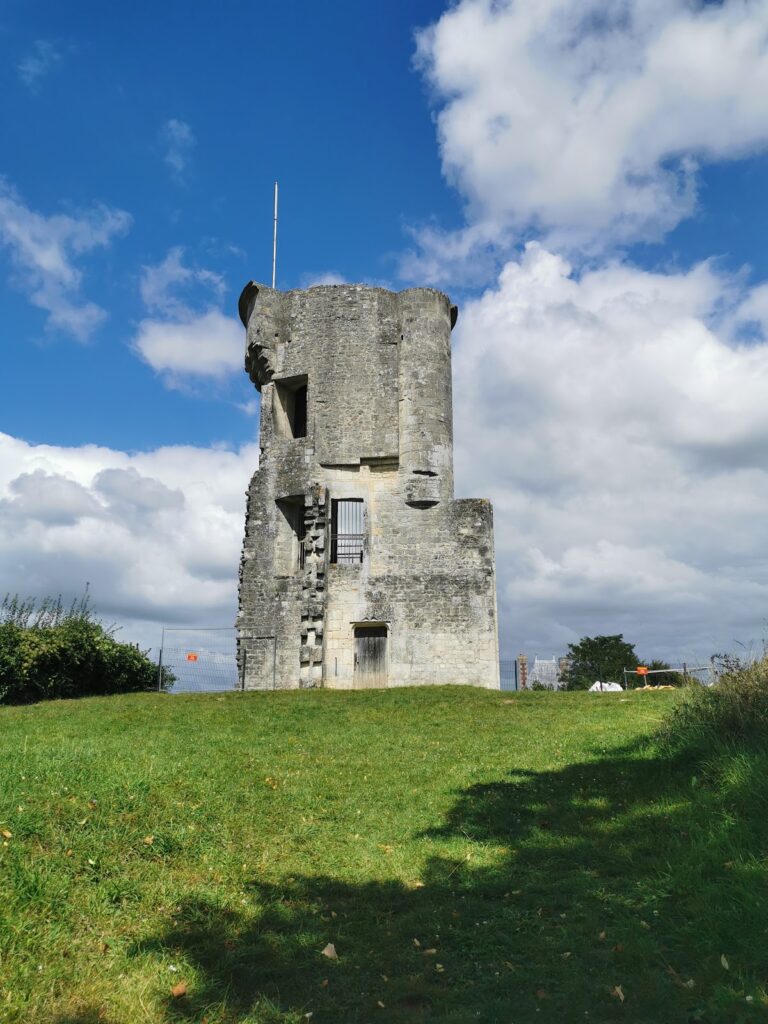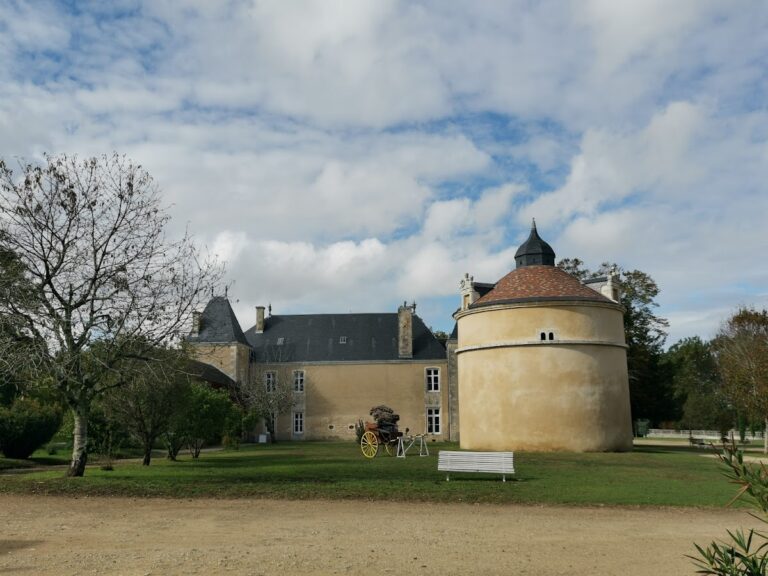Arch of Germanicus in Saintes: A Roman Monument in Aquitania
Visitor Information
Google Rating: 4.3
Popularity: Medium
Google Maps: View on Google Maps
Official Website: www.saintes-tourisme.fr
Country: France
Civilization: Roman
Remains: Civic
History
The Arch of Germanicus stands in Saintes, a city in the historical Roman province of Aquitania, located in what is now southwestern France. In Roman times, the city was known as Mediolanum Santonum and served as the provincial capital. The arch was built by the Romans around 18 or 19 CE, during the early Imperial period.
The monument was commissioned and funded by Caius Julius Rufus, a wealthy local citizen whose family had been Roman citizens for three generations. Rufus held the religious office of priest of Rome and Augustus, reflecting the integration of his formerly Celtic family into Roman society. The arch honors Emperor Tiberius, his son Drusus Julius Caesar, and his adoptive son Germanicus. It commemorates Germanicus’s military victory at the Battle of Idistaviso in 16 CE and his subsequent triumphal procession in Rome.
Originally, the arch was positioned on a Roman bridge spanning the Charente River. This bridge marked the end of the Roman road connecting Lugdunum (modern Lyon) to Mediolanum Santonum. The arch thus served as a monumental gateway at a transportation route in the province.
In the 17th century, specifically between 1665 and 1666, the arch underwent restoration during the construction of a new arched bridge. At this time, it was moved to serve as a passageway arch in the middle of the new bridge structure. Later, in 1843, the arch was relocated again, this time to the riverbank, to protect it from damage during quay construction. This move was proposed by Prosper Mérimée, a noted French historian and inspector of historical monuments.
Further restoration work took place in 1851 to preserve the structure. The arch was officially recognized as a French historical monument on 5 July 1905. Since 1931, the nearby Archaeological Museum of Saintes has housed artifacts related to the region’s Roman past, including the arch’s history.
Remains
The Arch of Germanicus is a two-bay Roman triumphal arch constructed of stone. It originally stood on a Roman bridge over the Charente River, marking the terminus of the road from Lugdunum to Mediolanum Santonum. The arch features classical Roman architectural elements such as an attic, the upper part of the structure, and an entablature, the horizontal band above the arches.
Inscriptions survive on the attic and entablature. The dedication on the attic, though worn, still identifies Emperor Tiberius, Drusus Julius Caesar, and Germanicus as the imperial honorees. The entablature bears inscriptions on all four sides naming Caius Julius Rufus as the donor. These inscriptions also detail his aristocratic ancestry and his role as priest and prefect of works, highlighting the Romanization of his family.
The arch has undergone several restorations due to its age and exposure. Its position has changed twice: first, it was integrated into a 17th-century bridge as a passageway arch, and later, in the 19th century, it was moved to the riverbank to avoid destruction during urban development. The structure remains largely intact and preserved, though some inscriptions show signs of wear.
Today, the arch stands near the Archaeological Museum of Saintes, maintaining its historical connection to the ancient city and its Roman heritage.










